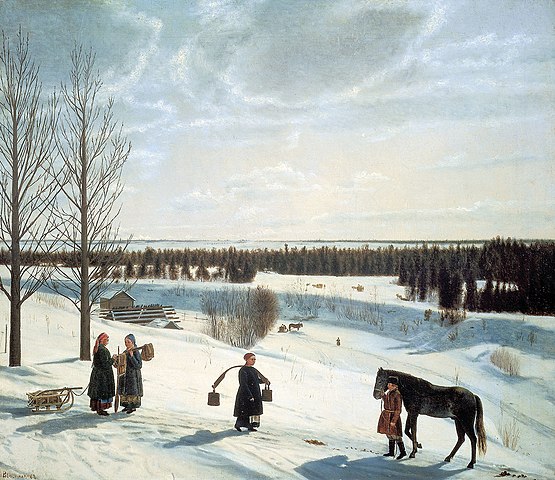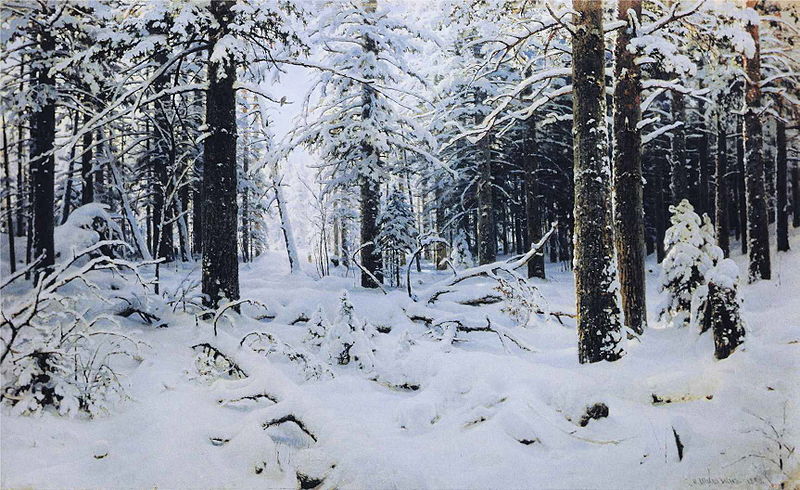As the Thai media and the Facebook page of the Embassy of the Russian Federation to the Kingdom of Thailand has announced the 75th anniversary of the end of the Second World War is commemorated this year by a film screening presented by the Russian Embassy at the Cinema Hall of the Bangkok Art and Culture Centre (BACC).
The film will be shown on Wednesday, 2 September at 5:30pm and admission is free.
His Excellency Mr. Evgeny Tomikhin, Ambassador of the Russian Federation to Thailand, will introduce the film and there will be a post-movie discussion in Thai and English.
Thammasat University students who are interested in European history, military studies, and related subjects, as well as students in the TU Faculty of Liberal Arts Russian Studies Program may find the movie of interest. They are welcome to register for a seat at this link.
The Russian film to be screened is Rzhev (2019), an account of the Battles of Rzhev, part of the Eastern Front of World War II.
The Thammasat University Library collection includes a number of studies of the battles on the Eastern Front during the Second World War, which discuss the Battles of Rzhev.
As historians explain, the battles which took place between the German and Soviet armies between January 1942 and March 1943 did not result in either side achieving their operational objectives. Soviet forces failed to destroy Army Group Center and German forces retreat from the Rzhev salient (Operation Büffel). The casualties and losses were high, amounting to some 2,300,000 dead, wounded, missing and captured soldiers.
Because of the violence of the battles scenes in the film, the Russian Embassy Facebook page advises:
=======================
Dear parents, the movie is rated 12+, but we recommend you to refrain from bringing kids and teenagers under 18 years old to watch it. After all, the depiction of war is not a kids-friendly show.
========================
There has been extensive academic research about the Battles of Rzhev, such as an article in The Journal of Slavic Military Studies from 2005.
The researcher, Tat’iana Mikhailova Tver, offers the following abstract to the article:
Abstract
This article provides an overview with supporting archival documentation on the historiography (the history of historical coverage) of the extensive and often fierce fighting which took place in the Rzhev region from October 1941 through February 1943. These military operations included heavy fighting during the German Wehrmacht’s advance on Moscow in October 1941, during the Red Army’s Moscow counteroffensive during the winter of 1941–42, and during Red Army offensives in from July through early September 1942 and November and December 1942 (the latter Operations Mars). Largely because this fighting involved failed Red Army operations, to protect the reputation of the Red Army as a whole and the army’s specific forces and generals who conducted these operations, the Soviet and Russian governments and historians writing the official histories have long concealed much of this fighting from public view.

More research is available from publications of the The Foreign Military Studies Office (FMSO), a research and analysis center for the United States Army that is part of the United States Army Combined Arms Center at Fort Leavenworth. It manages the Joint Reserve Intelligence Center there. An article on the FMSO website by Colonel David M. Glantz, FMSO, Fort Leavenworth, Kansas, USA, is entitled The Failures of Historiography: Forgotten Battles of the German-Soviet War (1941-1945). Colonel Glantz writes:
To laymen in the West, the German-Soviet War was a somewhat obscure, mysterious, and brutal four year struggle between Europe’s most bitter political enemies and largest and most formidable armies . The two contending armies fought over vast expanses, and the sheer size, physical complexity, and seasonal meteorological severity of the theater accorded the war a seamless nature of slow advances and retreats and months of stagnant combat punctuated dramatically by four major battles, Moscow, Stalingrad, Kursk, and Berlin. The paucity of detailed information on the war was reinforced by the natural American (and Western) penchant to view it as merely a backdrop for more dramatic and significant battles in western theaters, such as El Alamein, Salerno, Anzio, Normandy, and the Bulge. This altogether unbalanced layman’s view of the war is explicable given that histories of the conflict have been based largely on German sources and these sources routinely tended to describe warfare against a faceless and formless enemy, an enemy whose sole attributes were its army’s immense size and its limitlessness supply of expendable human resources. Therefore, only truly sensational events stand out from the pale mosaic of four years of combat. Even those more interested in and better acquainted with the details of the German-Soviet War share these common public mis-perceptions. They may know more about the major battles and perhaps have heard a little about several others (von Manstein’s Khar’kov counterstroke, the Cherkassy Pocket, Kamenets-Podolsk, the collapse of Army Group Center, and Soviet perfidy at the gates of Warsaw). The use of these terms themselves evidence a German-based education. More important, laymen and interested readers alike lack the detailed knowledge and understanding necessary to fit the German-Soviet War into larger context and to understand its regional and global consequences and importance. Who then is at fault for this unbalanced view? Western historians who wrote on the war from only the German perspective deserve part of the blame. But they would argue, correctly, that they did so because they used the only sources available. Blame can also be ascribed to the natural influences of ethnocentrism, which conditions a people to appreciate only what they have experienced. These tendencies, however, only partially explain the unbalanced Western perception of the war. Perhaps the greatest factor contributing to our unbalanced view of the war is the collective failure of Soviet historiography to present Western (and Soviet) readers and scholars with a credible account of the course of war. Ideology, political motivation, and shibboleths born of the Cold War have often combined to inhibit the work and warp the perceptions of many Soviet historians. While many detailed Soviet works on the war display sound scholarship and are accurate, unfortunately the most general and most accessible to Western readers tended to be the most biased, the most highly politicized, and the least accurate. Even the soundest works have been vetted ideologically, and the authors have been forced to write their accounts with the narrowest of focuses. These realities undercut the credibility of these works (fairly or unfairly), permitted German historiography and interpretation to prevail, and, coincidentally, damaged the credibility of those few Western writers who incorporated Soviet historical materials into their accounts of the war. These stark historiographical realities also explain why, today, sensational, unfair, and wildly inaccurate accounts of aspects of the war so attract the Western reading public. This bleak general description of the state of German-Soviet War historiography, while essentially correct, must, of course, be qualified somewhat. Soviet historiography has not been universally bad, Western works have always existed which challenge the German view, and these works are now growing in number and their credibility is improving in the eyes of Western readers. In general, Western appreciation of the Soviet view has been inhibited by three fundamental barriers to understanding: an ignorance of the scope of Soviet writing on the subject, an inability to obtain and read what Soviet historians have written (the language barrier), and an unwillingness to accept what those historians have written. Western historiography has slowly overcome the first two barriers to understanding by publishing accounts using the best of Soviet sources. In so doing, they have lifted the veil on Soviet historiography and candidly and credibly displayed both its vast scope and its strengths and weaknesses. To overcome the third barrier, however, that of credibility, requires that the weaknesses of Soviet historiography now be overcome. In short, the blinders and restrictions that inhibited the work of Soviet military historians must be explained and removed before they, or their Western counterparts, can achieve the credibility they deserve and, even more important, before the Soviet role in the war can achieve the stature which it deserves. Among the most important steps that can be undertaken to restore the reputation of Soviet historiography and convey an accurate appreciation of the war to Western readers is to explain and then fill in the gaps existing in the history of the war. This paper identifies some (but not all) of those gaps.

(All images courtesy of Wikimedia Commons)

